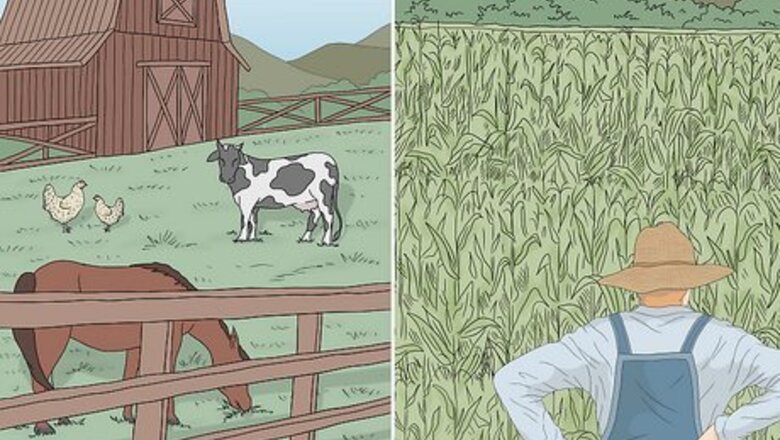
views
- Farms are agricultural operations that produce a range of needed sources, from vegetables to animals to energy.
- A ranch is a specific type of farm that focuses on raising livestock.
- The size of a ranch or farm doesn’t define it, so it can be big or small (as long as it turns a profit).
Differences

Ranches only raise livestock, while farms maintain crops and animals. The main difference between a farm and a ranch is what they produce. Farms cultivate a mixture of fresh produce, including vegetables, milk, and meat. Ranches, on the other hand, only deal with livestock. Animals on ranches or farms can be raised for grazing or meat production, depending on the land’s size and the owner’s expertise. Some ranches may grow crops for their animals, but this product is not sold to the public and is generally only used to support the animals.
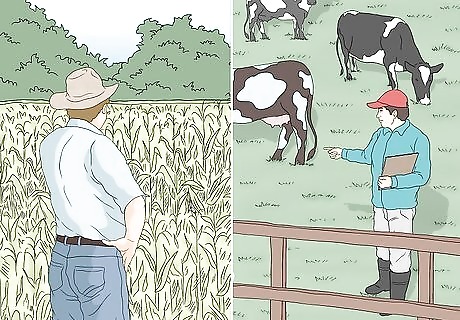
Farmers focus on commodity prices, while ranchers deal with cattle prices. Marketing livestock is a bit different than selling vegetables, fruits, eggs, and milk. When selling produce, farmers focus on what goods are selling for in today’s economy, also known as commodity prices. Ranchers typically trade their meat in hundredweight (cwt) or cattle prices when selling livestock. The weight and quality of the animal determine cattle prices. Ranchers can also use a commodity options market when selling their livestock, which is more effective for larger operations.
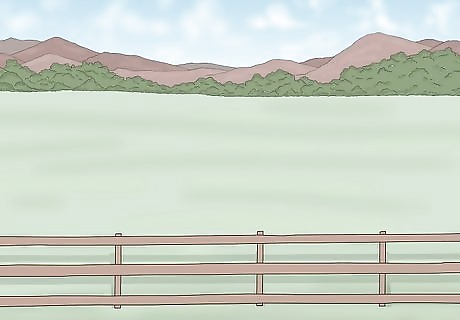
Ranch land is typically cheaper than farmland. In 2021, the real estate value for cropland in the United States was around $4,420 per acre, while pasture value averaged $1,480 per acre. Because ranches require more pastures, buying a ranch is generally less expensive than purchasing a farm with crops and pastures.
Similarities
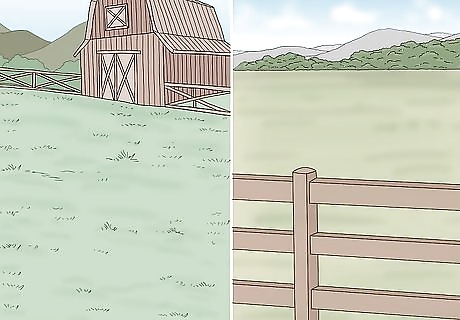
Farms and ranches are agricultural properties. Both of these farmlands are surveyed by the USDA in the states. Because of this, they have a list of rules they must follow to operate and file taxes. Every 5 years, farmland owners are asked to complete a census in the United States to update the agricultural database.
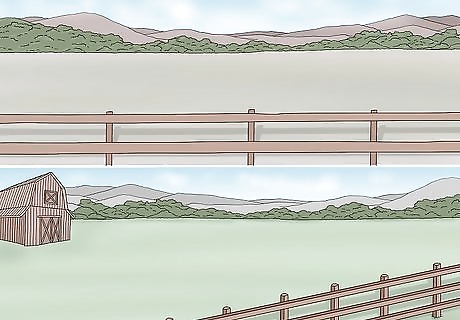
Ranches and farms can be any size. These agricultural operations are distinguished by what they maintain and produce, not their size. According to the Texas Farm Bureau, a small farm or ranch can be 100 acres or less. Size doesn’t give the area of land its category; the product does.
What is a farm?

A farm is an area of land used for growing crops, livestock, and/or fuel. The main function of a farm is to produce needed resources, such as food, meat, or energy. Farms come in all shapes and sizes, from family-run to industrialized or commercial farms. As long as the land produces a product, it’s a farm. There are many types of farms, including: Dairy farms Chicken farms Fish farms Solar farms Wind farms Vineyards Orchards The United States Department of Agriculture (USDA) defines a farm as any place where $1,000 or more agricultural products are sold per year. Typically, a farm must turn a profit (especially if it’s a main source of income); however, it’s possible to have a “hobby farm” where the only profits are the goods produced.
What is a ranch?
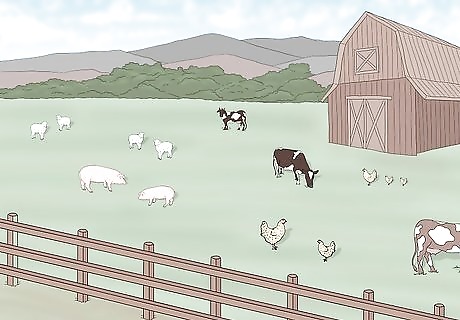
A ranch is essentially a large farm that keeps livestock. These large areas of land are used to raise animals, like sheep, cattle, and pigs. Ranches can be privately or state-owned, and it’s a rancher’s responsibility to maintain the land and livestock to produce meat, leather, wool, and/or other profitable materials. There are a few types of ranches, including: Dude ranches, which are resort-style ranches oriented towards tourism or recreational activity. Game ranches or shooting preserves that are private trophy hunting facilities. Working ranches offer experiences that put visitors in the shoes of a rancher.
Which is best for you?
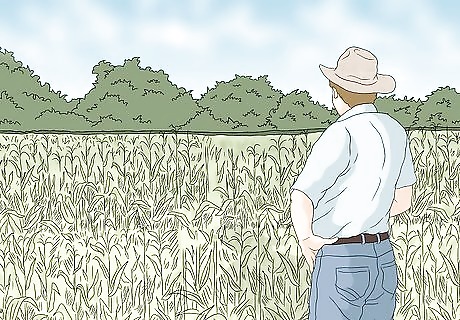
Start a farm if you want to raise crops, or opt for a ranch to handle animals. The type of farm operation you choose to start is entirely up to you and your preferences. So, if animals are all you want to care for, being a rancher may be in your future. On the other hand, if you love gardening and caring for chickens, you might turn your backyard into a farm. Here are some other things you may want to consider: Property size: The larger the land, the more work it’ll take to maintain. Physical demands: On average, more than 20 hours of manual labor are needed per week to operate a small ranch. Experience: A high school diploma and hands-on-experience is typically needed to be a farmer or rancher. Knowledge: Understanding agricultural economics and knowing how to care for your land and livestock is vital. Salary: In 2021, the median annual wage for full-time farmers and ranchers was $73,060.




















Comments
0 comment